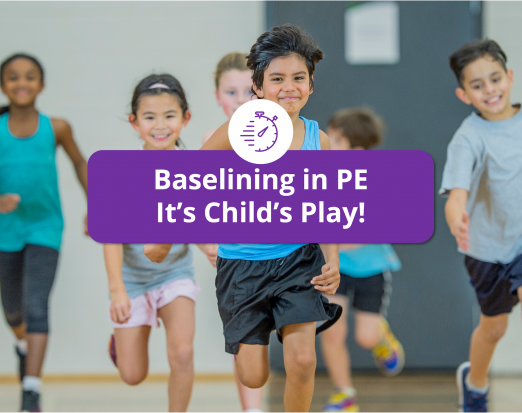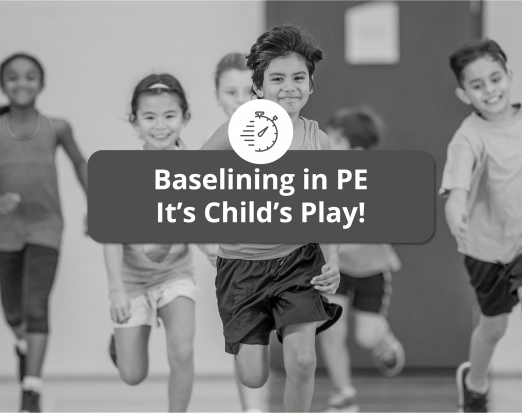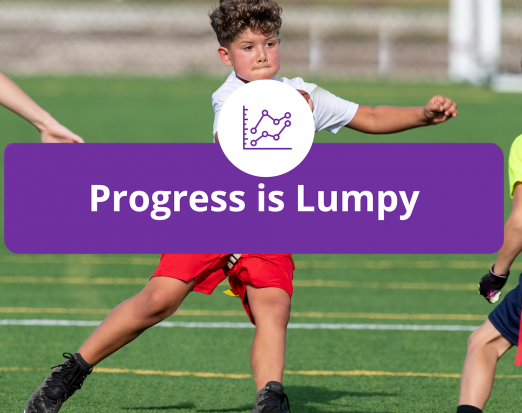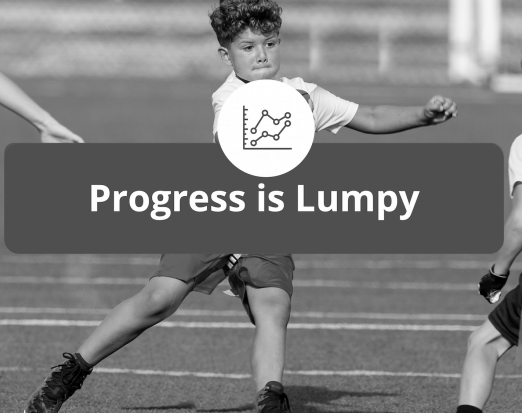Get Sport Ready – Developing Strength in Children
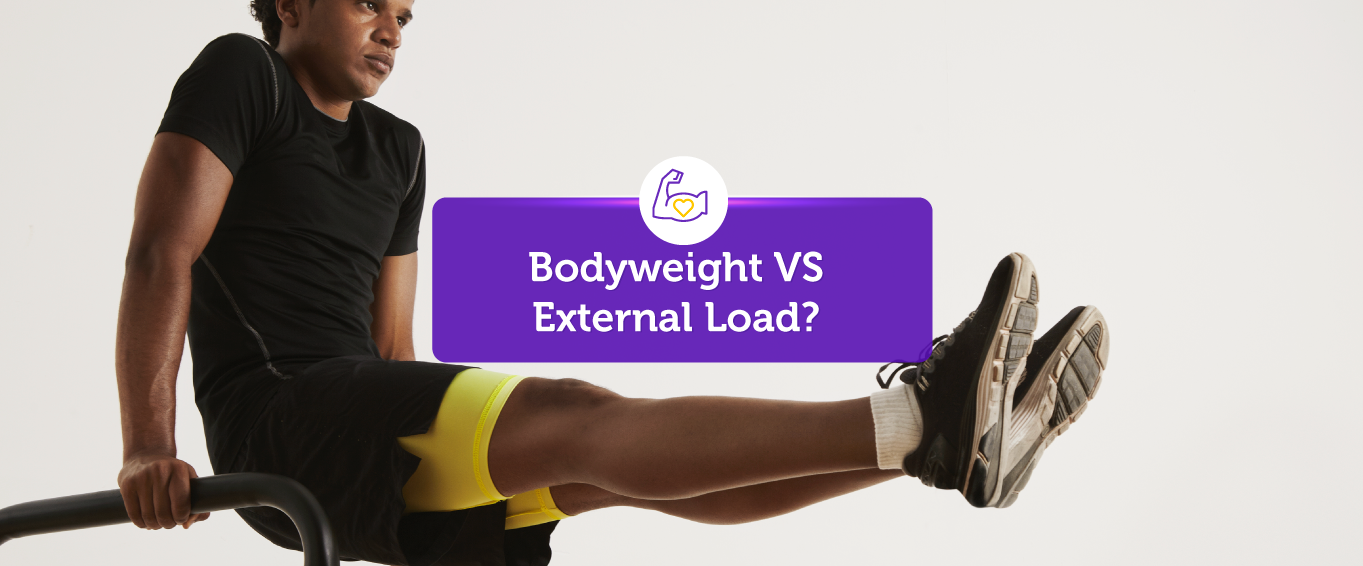
Here at Amaven, we care about the development of children, as we want all children to be healthy, robust, active, and have confidence to try lots of different sports - that is why our programmes are designed around a Long-Term Athlete Development Model (LTAD).
We have detailed a LTAD many times before, but if you have missed it, we view a LTAD as the basis of a clear pathway to allow children to develop a range of general motor skills (fundamental motor skills) and some sports skills. Along with these motor and sport skills, other fitness components are targeted, including, strength, power, speed, agility, and mobility. As children mature, they continue to develop other fitness qualities, for example, changes in body composition (higher levels in muscle mass), and general conditioning, endurance – or repeated sprint ability (sprints with minimal rest). Therefore, by following a LTAD programme it allows children to develop a wide range of skills and qualities, not only to support skill acquisition and physical development, but also to reduce the risk of injury and burnout.
Generally, a LTAD model develops from an unstructured approach to more structured as children mature, develop, and start to select a specific sport.
- Focus on developing the fundamentals – unstructured activity, free-play, for younger children.
- As the children develop and mature, the activities become slightly more structured, but fun is still the most important aspect of the activities consisting of variation of movements and skills.
- The activities and training become more specific; this naturally occurs as children mature. The activities or training may emphasise a certain fitness quality.
- More structure in the training, as the young person might need more time in a specific quality to improve.
- The training can become structured to help the young person relative to a sport and even a sporting position. Decisions are made around progression and maintenance of certain qualities.
The concept of LTAD is supported by many researchers and sports scientists, with one of the more well-known models coming from Llyod and Oliver (2012) who throughout their model, highlight a training structure during each of the stages of development.
Activities and training start unstructured, allowing children to experiment and to develop their fundamental movement skills in a fun and enjoyable environment. As the children improve their general movement skills, the activities can start to be slightly structured (low structure). As mentioned earlier, fun, variation, experiment with movement are still the main objectives, however, the coach or teacher may change the environment or the rules of the game to expose the children to more speed, agility, or jumps. By adding some structure, the activities and games can have a flavour of the different components of fitness. This method will flow along with the children’s development, so starting with unstructured free-play, and moving to moderately structured, to highly structured towards a fitness quality or the demands of a sport.
Despite common misconceptions, strength can be developed at any age and stage. For example, young children will develop their strength through learning movement skills and through regular free play (mostly through changes in muscular coordination). The strength training activities can become more structured from movement skills, to asking the children to slow and control their bodyweight in specific movements. Finally, and to make the training more structured we can add/use external equipment – medicine balls, kettlebells, or dumbbells. By adding external equipment this further challenges the neuromuscular system (nervous system to muscle connection) to both generate more strength and to control body mechanics, balance, and coordination.
Improving Strength through Bodyweight Movements
All movements require a level of strength, from walking, running, jumping, and dancing, to specific sporting skills. Young children, pre-peak height velocity, do not have the relative hormonal production to increase muscle mass, therefore, their body goes through a period of learning on how to generate strength via the nervous recruiting and organising muscles. This is known as neuromuscular adaptations. You may see this as improvements in balance, coordination, and technique in jumping or landing.
Neuromuscular adaptations allow for an increase in strength with minimal changes in muscle mass, as the nervous system is constantly trying to learn an effective strategy to move and to complete the set task or goal. Therefore, giving young children the opportunity to explore different activities from free-play, dancing, yoga and bodyweight movements, along some sporting drills, these will all drive essential neuromuscular adaptations.
Adding more structure to strength via bodyweight movements, for example, squats, walking lunges and press ups can be an ideal introduction to more structured strength training for children as they develop. Bodyweight training provides the children with the confidence to start strength training.
Adding Resistance to Develop Strength
As the children develop, both in skill and maturation, bodyweight training will not drive further strength, however by performing further bodyweight training their strength level will be mostly maintained. By adding medicine balls, kettlebell, or dumbbells this will further challenge the muscular system. You can mix bodyweight training with and kettlebell or medicine ball training. Generally, from an exercise order perspective, the most complex exercise will be first, with the exercises becoming less demanding, or complex.
Another important consideration is the level of fatigue or exertion. We suggest that you use an RPE scale when training. The RPE Scale is the Rate of Perceived Exertion, so we are essentially asking "how hard (or how easy) was that?" This is normally scored on a scale of 0 - 10. 0 is very, very easy and 10 being very, very hard.
When children report that training is regularly scoring 5 and under on the RPE scale, in terms of bodyweight training, they must find ways to further stimulate their muscles so that neuromuscular adaptations can take place. The use of this medicine ball, kettlebells, and dumbbells promotes the development of the central nervous drive (higher effort) and encourages muscles to work effectively.
Summary - Getting Children Stronger
Young children (under ~9 for girls and ~11 for boys) will gain strength benefits from a range of movements skills, bodyweight training, and a host of sport skills. Remember that the children will develop strength through better neuromuscular connections – balance and coordination. As the children develop and mature, and just as important, they can follow clear instructions, the children can start to be exposed to different modes of strength training with equipment. By using equipment, medicine balls, kettlebells, and dumbbells, this will further develop changes in the neuromuscular system.
Our goal is to develop effective movement strategies in children, with their movements becoming more efficient, demonstrating improvements in motor control and performance. Hopefully this will also improve their confidence and their enjoyment in being both active and playing sport.
Improve a range of fitness components and motor skills in children
The Total Sport App empowers children to access fun activities to improve a range of fitness components and motor skills.
-
Develop the fundamental movement skills - agility, balance and coordination
-
Try new skills, like dance and yoga
-
Learn the importance of nutrition, sleep and activity for overall wellbeing
